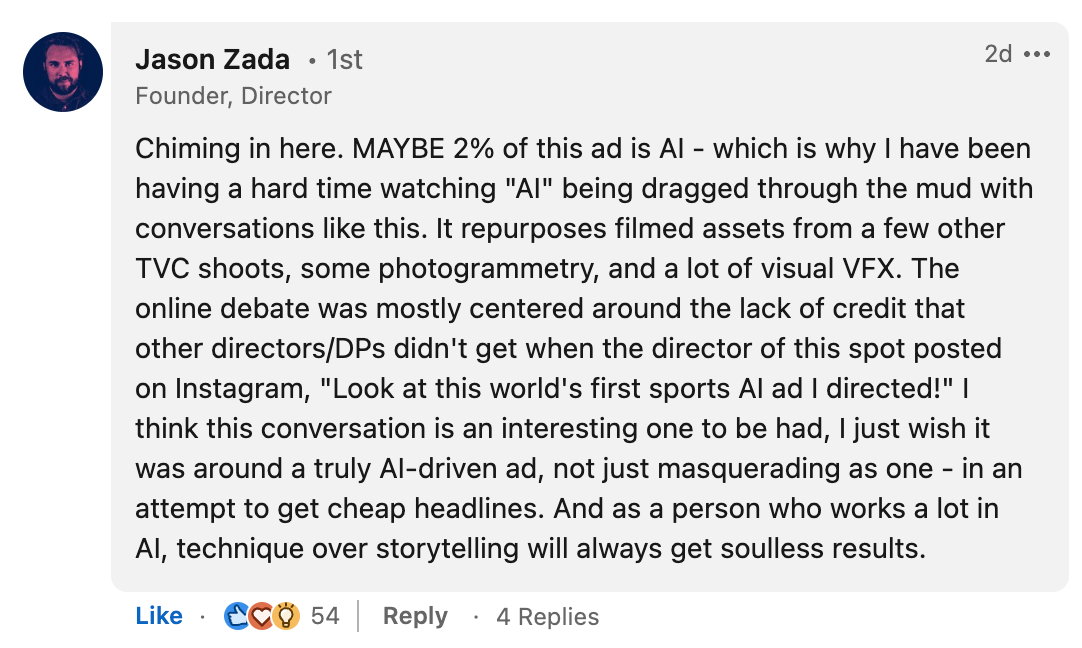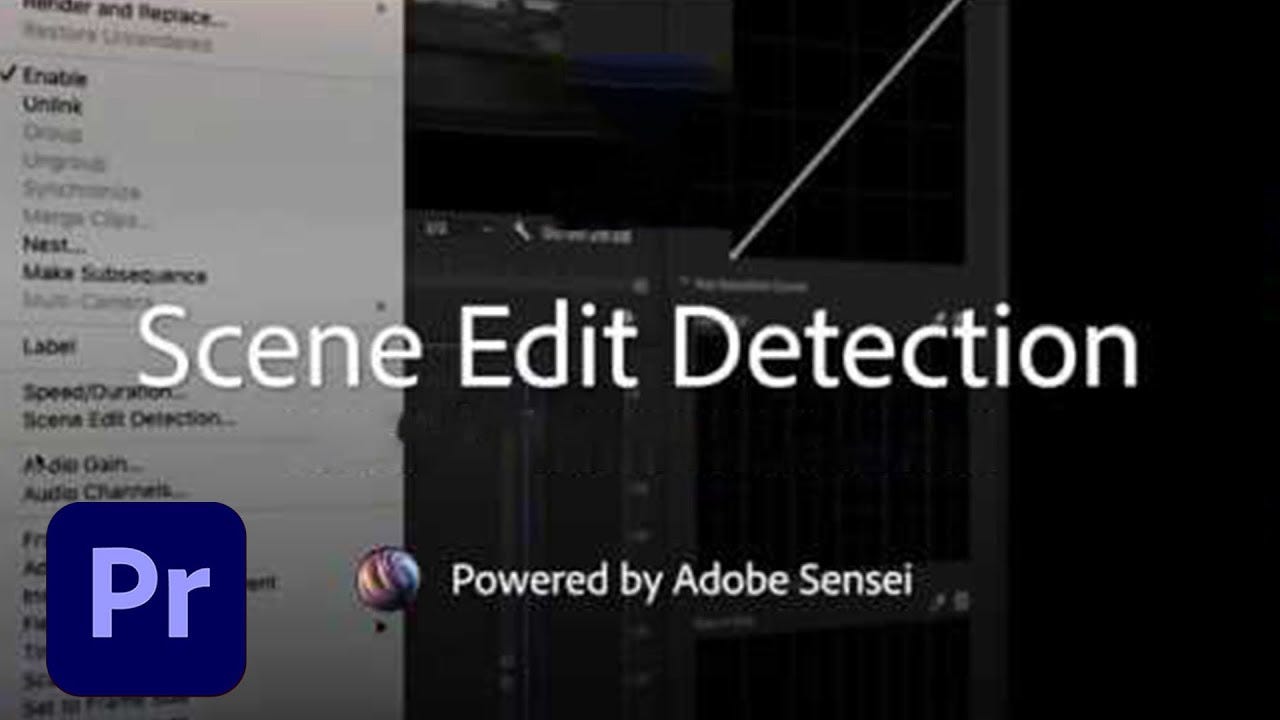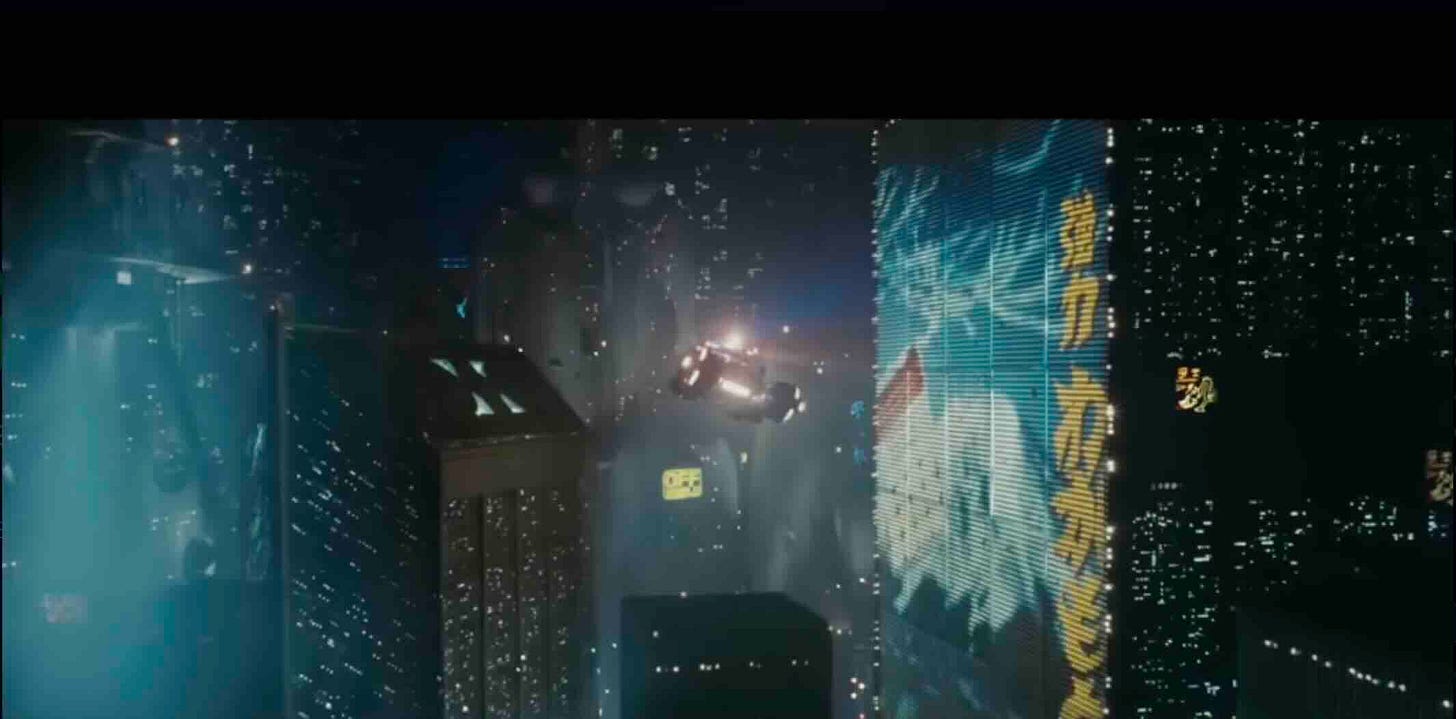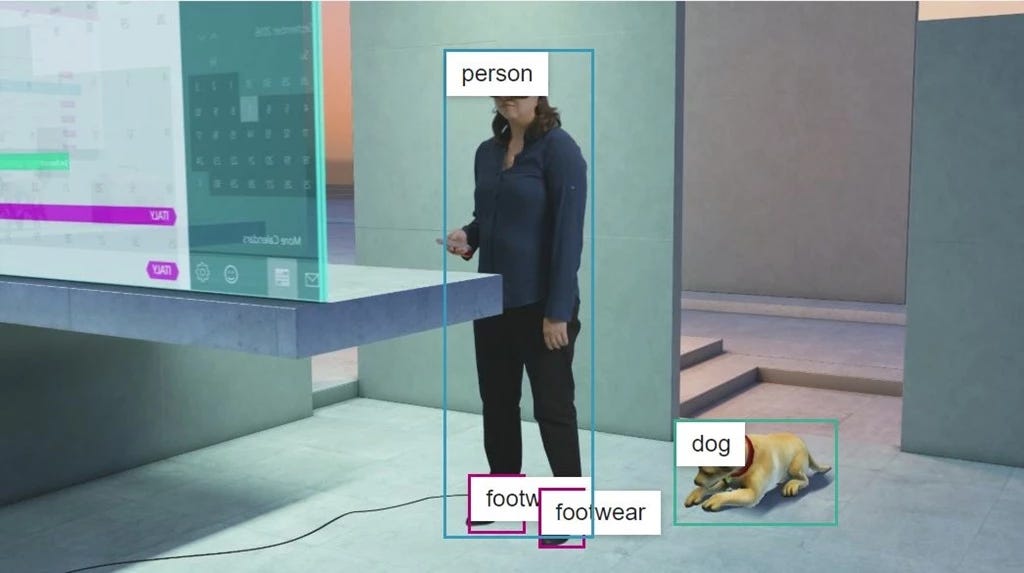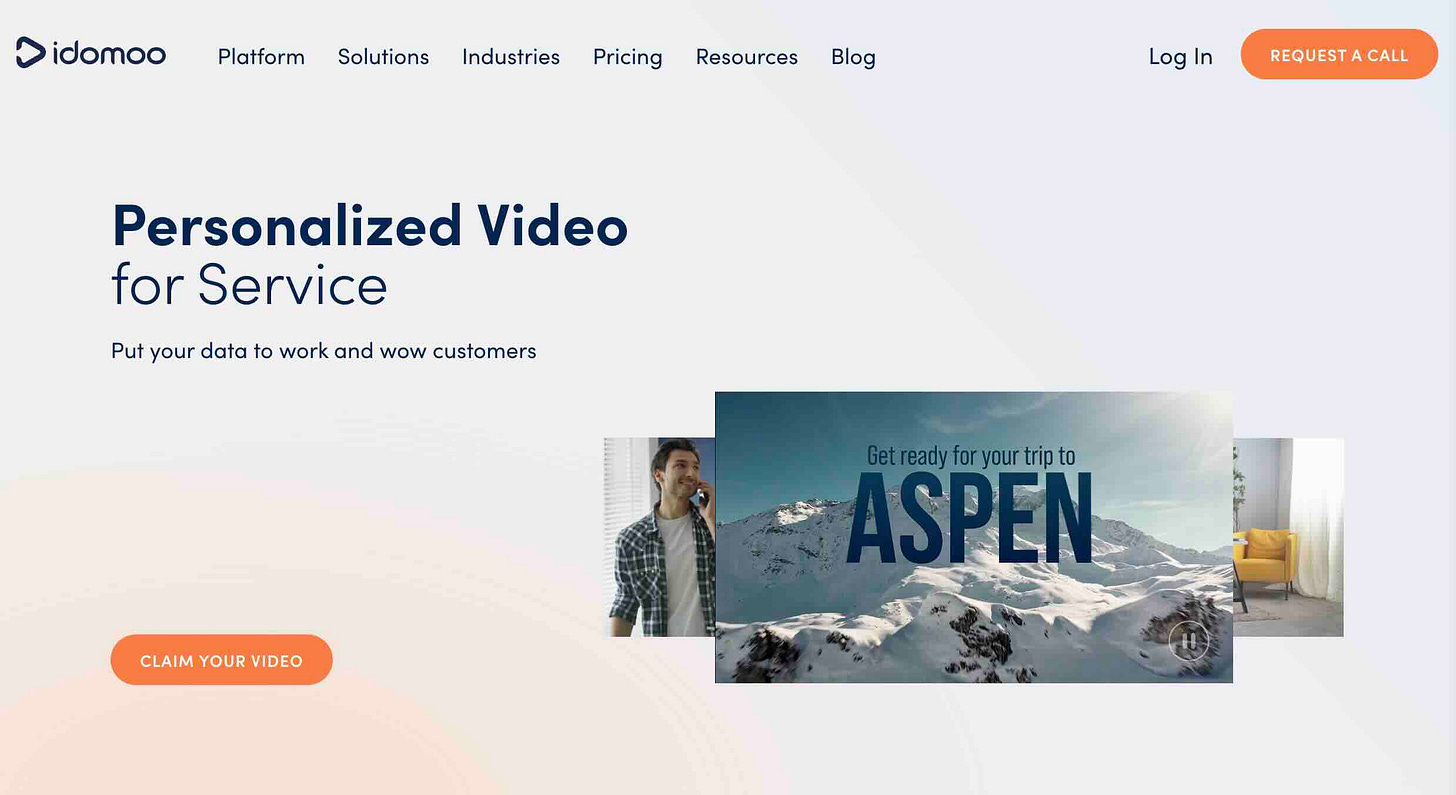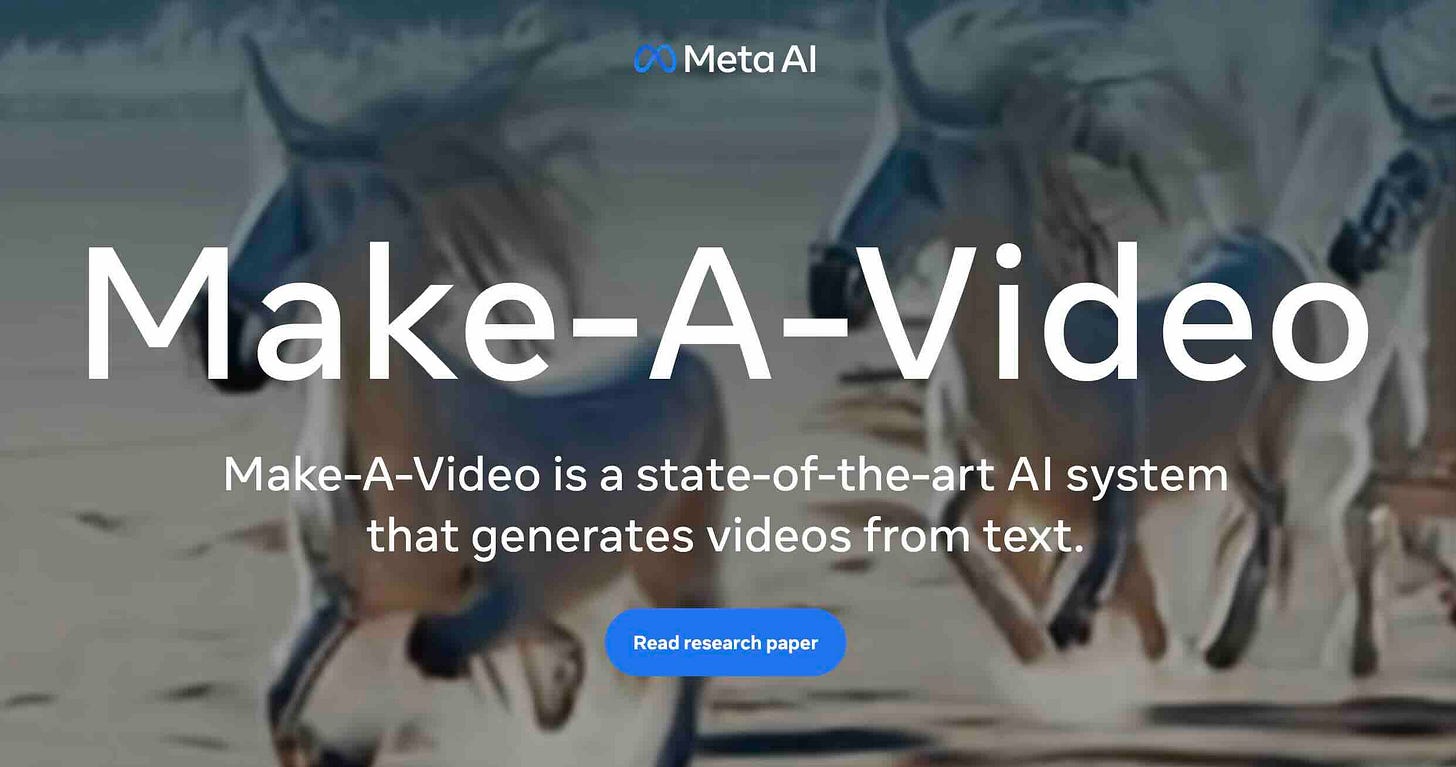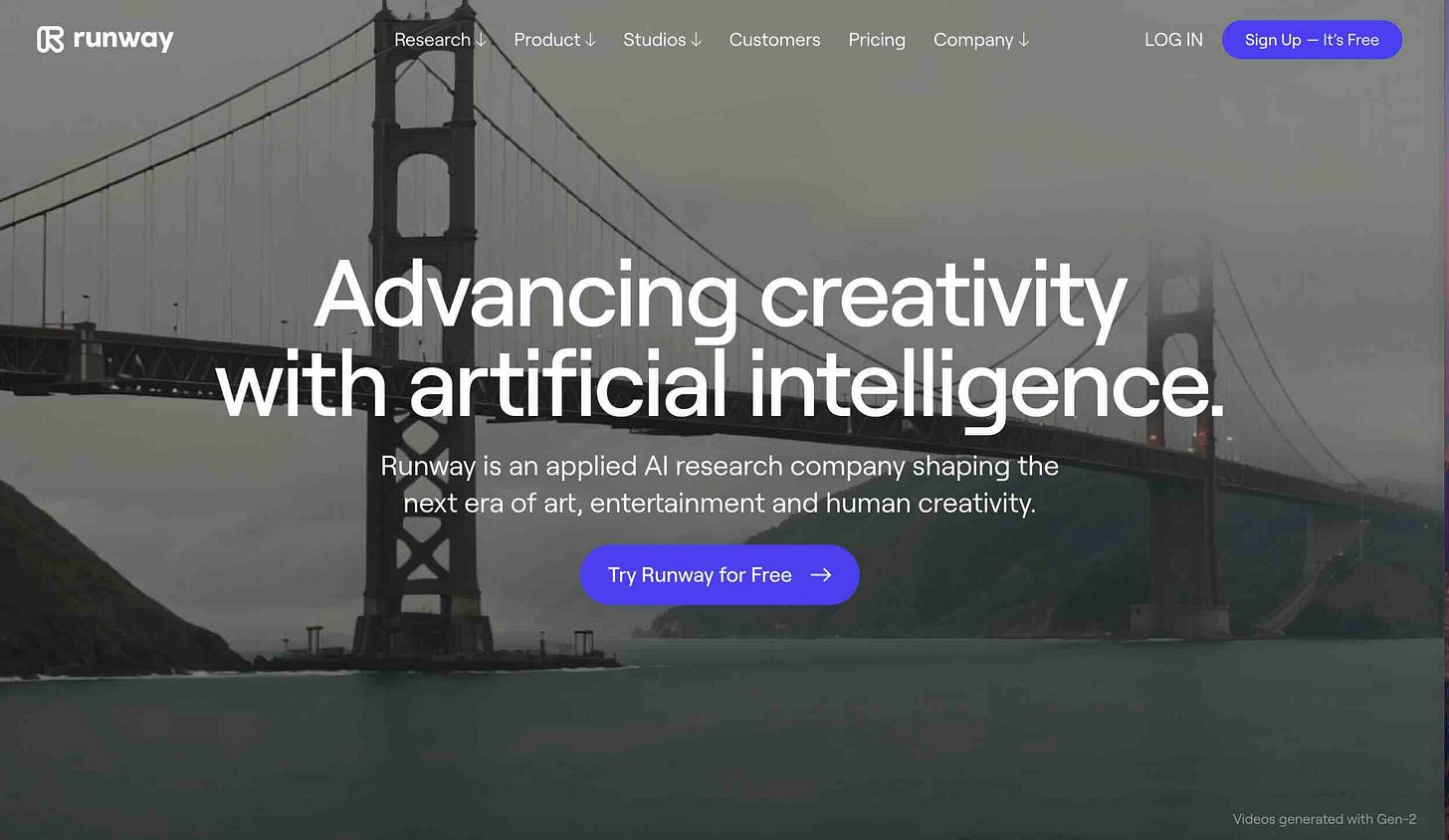Under Armour, Media.Monks, & Runway
Edition 9 - AI Production and Post: The Future is Here. Busy week.
Update: 3/23/24: DAMN! What a difference a day makes.
Photo: WSJ
The Wall Street Journal reports S4 Capital’s valuation slashed from $6 billion down to $300 million? Stagwell offering $600 million takeover? What the actual? Sorry, the WSJ has a paywall.
1. Now, Back to Our Program.
Holding companies are loading for bear with global production networks set to use A.I. as a panacea to (allegedly) swipe thin margins from independent production companies. That’s owning the entire food chain.
So what’s left? To drive continued growth? Consolidation. Gobbling up agencies and then large holding company mergers. At some point I assume a black hole forms as the advertising universe consumes itself.
But let’s get back to the first step in all of this: swiping razor thin independent production company margins.
The voice of these production companies margins opines.
Photo: LBBOnline
AICP response via LBB from Matt Miller.
In a related move to all things to this point, Sir Martin Sorrell and Media.Monks tossed out a big “Hello” this week. Continuing to lead from the front in digital (versus financials), Media.Monks has hopped into bed with Runway and will continue to leverage bleeding edge A.I. production tools at scale.
This partnership seems to go beyond a collaboration of animating Midjourney birds and dystopian foreground objects, with an implied cash transaction. Comment is provided by Runway’s “Head of Revenue.”
"We are committed to collaborating with companies that are leading the charge in this emerging creative revolution. We have conviction that fostering close relationships with organizations like Media.Monks, who are equipping their teams with cutting-edge capabilities, is the most effective strategy for developing a safe and creative generation of AI models and capabilities," says Greg Garte, Head of Revenue at Runway.
Publicis, IPG, WPP - who will chase Sora? Publicis Groupe has had an internal A.I. thingie for a couple of years. How’s that coming along?
2. Under Armour claims the “first AI spot.”
UA/Tool launched their first-ever AI-driven video campaign. AI might be more of a tool than the end-all be-all; combined with 3D, motion design 2D, edit tools, and uncredited existing footage.
UNDER ARMOUR’S AI-DRIVEN AD UNNERVES PRODUCTION COMMUNITY ALREADY ON EDGE - Ad Age
Jason Zada, founder of AI upstart Secret Level and a long-time teller of stories using technology as his paintbrush (fanboy here since his EVB days), had this to say in my LinkedIn feed that I felt lent some needed perspective.
3. In this issue.
Headlines aside, how do we take a bite-sized look at how A.I. is penetrating production processes AS WE SPEAK?
In the ever-evolving world of video production, a new wave of innovation is sweeping across the industry – the integration of artificial intelligence (AI). Once a concept confined to the realms of science fiction, AI is now a reality that is transforming the way videos are created, edited, and distributed. From automating tedious tasks to enhancing creative capabilities, AI is poised to reshape the video production landscape in ways that were once unimaginable.
Automated Video Editing
One of the most significant applications of AI in video production is automated video editing using tools like Adobe Premiere Pro's AI-powered scene edit detection.
Traditional video editing is a time-consuming and laborious process, often requiring countless hours of manual effort to sort through footage, select the best clips, and arrange them into a cohesive narrative. With AI-powered editing tools, this process is becoming increasingly streamlined and efficient.
Advanced algorithms in applications like Descript's Overdub can analyze video footage, identify key moments, and automatically generate rough cuts or even fully edited videos. These AI systems can recognize patterns, detect faces and objects using computer vision models, and even interpret emotions with tools like Affectiva, allowing for intelligent clip selection and sequencing. By automating the initial editing stages, video producers can save substantial time and effort, freeing them up to focus on more creative and strategic aspects of the production process.
Intelligent Color Grading and Visual Effects
Color grading and visual effects have long been essential components of video production, but they can also be incredibly time-consuming and labor-intensive. AI-powered color grading tools like Colourlab.ai can analyze footage and automatically adjust color balances, contrast, and other visual parameters to achieve a desired aesthetic.
These tools can even learn from examples using machine learning, allowing video editors to simply provide reference images or footage, and the AI will apply the appropriate color grading.
Similarly, AI is revolutionizing visual effects (VFX) in video production using applications like Topaz Video AI.
From object removal and background replacement to realistic image synthesis with NVIDIA Canvas AI and deepfakes using Metaphysic AI algorithms can perform complex tasks with incredible accuracy and efficiency.
This not only saves time and effort but also opens up new creative avenues for video producers, enabling them to create visually stunning and immersive experiences that were previously too time-consuming or cost-prohibitive.
Intelligent Content Analysis and Optimization
In the digital age, video content is consumed across a multitude of platforms and devices, each with its own set of technical requirements and user preferences. AI is playing a pivotal role in optimizing video content for these diverse environments using services like AI.REVERIE (purchased by Facebook), ensuring an optimal viewing experience regardless of the platform or device
AI-powered content analysis tools like those from Microsoft’s Azure Video Indexer can evaluate video footage, identifying technical aspects such as bitrate, resolution, and codec compatibility. Based on this analysis, the AI can automatically optimize the video for specific platforms, devices, or bandwidth constraints, ensuring smooth playback and reducing buffering or loading times.
The Computer Vision APIs provide different insights in addition to image description and logo detection, such as object detection, image categorization, and more. The possibilities are endless when you use high-resolution keyframes in conjunction with these offerings.
Personalized Video Experiences
Dynamic Creative Optimization. The holy grail of performance marketing.
One of the many compelling applications of AI in video production is the ability to create personalized video experiences using AI video personalization tools like Idomoo. With the help of AI, video content can be dynamically customized and tailored to individual viewers, creating a truly unique and engaging experience.
AI algorithms can analyze user data, including demographics, interests, and viewing behaviors, and then generate personalized video content in real-time. This could involve inserting custom graphics, product placements, or even dynamically adjusting the narrative or storyline based on the viewer's preferences using video personalization engines.
AI-Powered Content Creation
While AI has primarily been used to augment and enhance existing video production workflows, the technology is now venturing into the realm of content creation itself using generative AI models like Anthropic's Claude, Google's Imagen, and Meta's Make-A-Video.
AI algorithms are becoming increasingly adept at generating original video content, from short clips and animations to full-length narratives.
Generative AI models like the (now) pedestrian DALL-E and Midjourney can create text, images, and even videos based on natural language prompts or input data. These models can be trained on vast datasets, enabling them to understand and recreate complex patterns, narratives, and visual styles
While AI-generated video content may still require human oversight and refinement, the potential for AI to accelerate and streamline the content creation process is immense. Video producers can use AI tools like Runway (see above) to quickly generate rough drafts, storyboards, or even entire videos, which can then be fine-tuned and polished by people.
4. Summary: Embracing the AI “Boogeyman”
As AI continues to evolve and become more sophisticated with advances from companies like Anthropic, Google, and OpenAI, its impact on the video production industry will only grow more profound. While the integration of AI may threaten some of us, it is important to embrace this technological revolution and leverage its capabilities to stay competitive and innovative.
Video producers who adopt AI tools and workflows could benefit from increased efficiency, cost savings, and expanded creative possibilities. However, it is important to approach AI integration thoughtfully and strategically, ensuring that these technologies complement and enhance human creativity rather than replace it entirely.
Thanks for subscribing!
- pb




